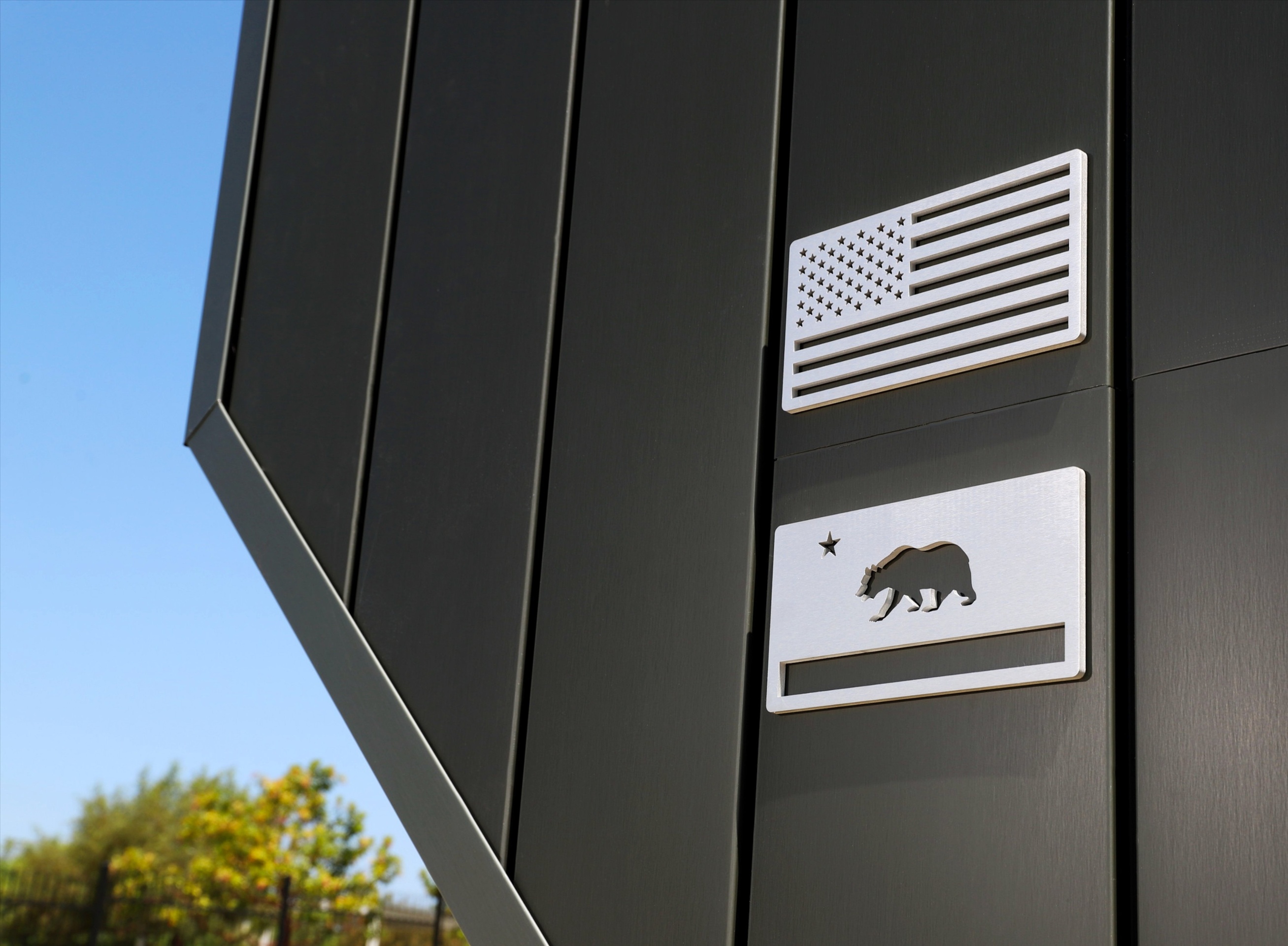A timely catalyst for industry growth: Our thoughts on the DOE’s Notice of Intent and the need for CAPEX support

The Department of Energy’s (DOE) recent Notice of Intent (NOI) to release a Notice of Funding Opportunity (NOFO) for direct air capture (DAC) later this year is a timely and strategic step forward. It incentivizes the construction of multiple commercial DAC facilities at manageable scales, aligning with the industry’s current capabilities. By providing non-dilutive capital, the DOE is enabling more DAC companies to secure the complete capital stack necessary to build and operate commercial projects. This approach not only drives revenue generation but also helps refine carbon dioxide removal (CDR) credit pricing and diversifies technology platforms for DAC.
This funding will jumpstart an industry featuring an external supply chain of sorbent, fan, electrical system, and heat pump manufacturers. There is significant potential for materials science innovations in sorbents, but companies need assurance of near-term demand to invest in research and development. Among others, W. L. Gore & Associate’s progress in sorbents demonstrates that U.S. companies are eager to innovate in this emerging market. Within the broader carbon management industry DAC will also play a crucial role. By serving as flexible sources of CO2, DAC will be adaptable emitters to stand up Class VI wells for sequestration. Additionally, DAC projects will generate political support in geographies where politicians are particularly interested in advancing DAC technologies. Project deployment reassures lawmakers and the public that DAC is a viable, impactful industry worth supporting through future policies. Without expanding the number of operational facilities, the entire future of DAC could be at risk.
Currently, the U.S. has only one commercial DAC facility, underscoring the immense challenges of developing revenue-generating operations in this sector. As our own experience in developing a commercial pilot demonstrates, the challenges extend beyond technology to include balance of plant, access to clean electricity, and securing offtake agreements. Banks will not support this first-of-a-kind (FOAK) technology risk, resulting in a heavy reliance on equity funding for these pioneering projects. Raising sufficient equity to cover the costs of a break-even commercial DAC facility—especially when faced with significant upfront balance-of-plant expenses—is often prohibitive for most DAC startups. Consequently, the DOE’s injection of non-dilutive capital right now will significantly de-risk mid-to-large-scale FOAK projects making them significantly more attractive to investors.
Approaching the third anniversary of the Bipartisan Infrastructure Law’s passage in November 2021, the DAC industry needs to deliver more projects quickly or risk eroding the support of lawmakers and investors alike. In the proposed NOFO, the DOE has made significant strategic improvements over the first funding opportunity announcement (FOA) released in December 2022, particularly in terms of project scalability. The new definitions for midscale (5,000 – 25,000 TPA) and large-scale (at least 25,000 TPA) facilities, with allowances for incremental capacity building, are crucial. By allowing large-scale facilities to “reach a total capacity greater than 25,000 TPA in one or more build stages, as long as no stage is less than 25,000 TPA” the DOE is facilitating the type of incremental scaling that will significantly lower technology and development risks, and costs at each new iteration. This in turn will enable developers to lock in reasonably-sized offtake agreements that hobble a business if not priced appropriately.
Furthermore, the DOE’s flexibility regarding transaction agreements with customized project phasing structures represents a significant upgrade, as does its focus on driving down balance-of-plant costs associated with clean energy and storage—both critical components of DAC development. The loose definition of “Hub” boundaries offers additional flexibility in terms of geographic location and scaling timelines, allowing projects to adapt as they grow.
These enhancements make this upcoming NOFO potentially catalytic if the DOE can get funding out the door quickly. Making the National Environmental Policy Act (NEPA) process fair and efficient while deploying capital when developers meet requirements—rather than sticking to prescriptive timelines—will go a long way to putting steel in the ground for DAC projects.
While we advocate strongly for demand-side policy support for DAC including adjusting 45Q to account for inflation, supporting the CDR Purchase Pilot Prize, and backing legislation like California’s SB308, ultimately without the ability to build commercial DAC projects, demand for DAC credits remains an exercise divorced from the present reality. A year ago, BCG published a report that found that the demand for durable CDR, particularly DAC, far exceeds the current supply. DAC is the gold standard of CDR— highly sought after by buyers—but the current shortage of DAC-generated credits is a troubling trend that must be reversed. We have signed offtake agreements worth over $27M with Microsoft, BCG, Stripe, Shopify, JPMorgan Chase, Meta, Alphabet, and many other leading buyers of carbon removal credits and need to deliver these as soon as possible.
The DAC industry stands at a critical juncture, with many developers facing a daunting "valley of death." While such challenges are inherent to any emerging industry, the planet needs a thriving DAC sector for the sake of current and future generations. The question facing DOE, as the steward of this country’s DAC interests, is how best to help the majority of developers bridge this valley of death. In our view, rapidly deploying non-dilutive CAPEX funding for the construction of many different-sized commercial DAC facilities is the most effective strategy to help the industry grow and achieve profitability in the near term. This will enable the United States to take a leadership position not only in DAC deployment but also in technology exports, as we intend to achieve with our new manufacturing facility in AZ.
If executed efficiently, these investments will empower the DAC industry to demonstrate its scalability, durability, and capacity to deliver climate-relevant CDR. Ultimately, the DOE’s focus should remain on accelerating the construction of commercial DAC projects, which will set the foundation for a robust and sustainable DAC market that meets the urgent demands of our time.